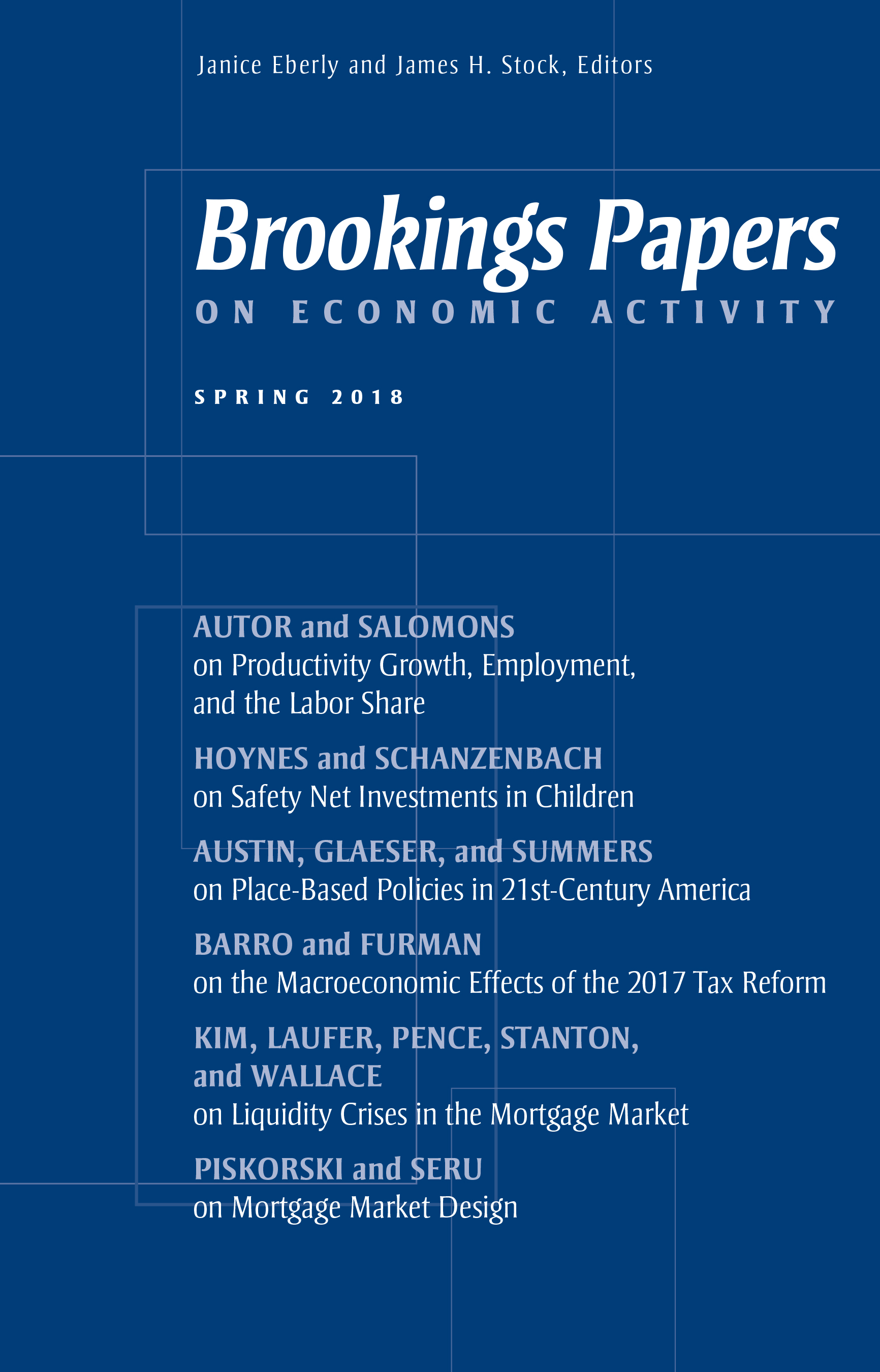The bad news on the economy continued last week, when we learned that the unemployment rate has now reached 7.6 percent, with more than 11 million unemployed people. It’s worth focusing on the people behind these statistics. The pain of unemployment is not spread equally among the population. When unemployment rises, less skilled workers are laid off at a much higher rate than more skilled workers. In the most recent unemployment statistics, almost 11 percent of high school dropouts are unemployed, while the unemployment rate is less than 4 percent among college graduates.
Some demographic groups experience much greater unemployment in recessions. Black and Hispanic unemployment rates have increased faster than white unemployment rates; unemployment among young minority workers has increased particularly rapidly and is now more than 30 percent. Perhaps surprisingly, women’s unemployment rates have remained below men’s, but that reflects the fact that the downturn started earlier in construction and manufacturing industries, which are heavily male-dominated. As the consumer spending sector sheds workers, women’s unemployment rates are catching up with men’s.
Unemployment means steep reductions in family income. It isn’t surprising that rapid increases in unemployment lead to substantial increases in poverty. A rough rule of thumb is that for every percentage point increase in unemployment, the poverty rate increases by almost half a percentage point. If unemployment reaches 10 percent, as some analysts now project, the nation’s poverty rate could grow from 12.5 percent in 2007 to 14.8 percent _ meaning that more than one out of every seven Americans will be living in poverty.
Such a large increase in poverty and economic need is not inevitable, however. Government policy in the coming months matters a great deal. If the recovery package generates millions of jobs, we may avoid 10 percent unemployment. Furthermore, provisions in the recovery package and state decisions about how to spend recovery funds can contribute to raising family incomes during the recession.
Specifically, the stimulus package includes provisions such as the Making Work Pay tax credit worth $500 for most workers, expansion of the federal Earned Income Tax Credit and Child Tax Credit, temporary increases in food stamp benefits and child care subsidies, enhanced unemployment insurance benefits, and expanded health care coverage for unemployed workers. These all will help unemployed and lower-income families weather the recession.
This stimulus package can jump-start economic growth two ways. It can fund programs that result in direct hiring (such as infrastructure programs) and it can provide funds to individuals or organizations that will be spent throughout the economy, hence generating more economic activity and more employment. The support for low-income families in this legislation fits into the second category.
Dollars aimed at lower-income families in the recovery package provide a double benefit. First, they target resources to the groups who are hardest hit by the recession and most likely to experience extended unemployment. As we have targeted billions of dollars to troubled banks, we should surely also target dollars to the families who are most hurt by rising unemployment.
Second, the stimulus effect of these dollars on the whole economy is high. Because these groups are struggling to meet their basic needs, they are likely to spend every dollar they receive. Hence, the multiplier effects of dollars spent on the poor are higher than dollars spent on the rich.
During the campaign, the president put forward an ambitious agenda for poverty reduction, including some features of the recovery bill such as tax credits and expansion of early and higher education. He also advocated targeted initiatives in high-poverty communities, an improved official poverty measure, and a national goal of cutting poverty in half in ten years. Long-run success depends on reviving and renewing the economy, but significant parts of this strategy can move ahead even during the downturn. For example, improving the official poverty measure this year would cost little, would provide a far more accurate picture of poverty, and will help us measure how effectively the recovery bill addresses it.
President Obama recently announced that Vice President Biden will lead a Middle Class Working Families Task Force. That task force should focus not just on conditions of the middle class, but the policies needed to help millions of additional Americans who are struggling, but falling short, to join the middle class.
In the short run, economic need is rising rapidly and we need to address the short-run problems as well as think about the long-term reforms. The parts of the recovery plan that are directed to low-income and unemployed families are good economics and good social policy. But they are only the beginning of any serious effort to deal with poverty in America.







